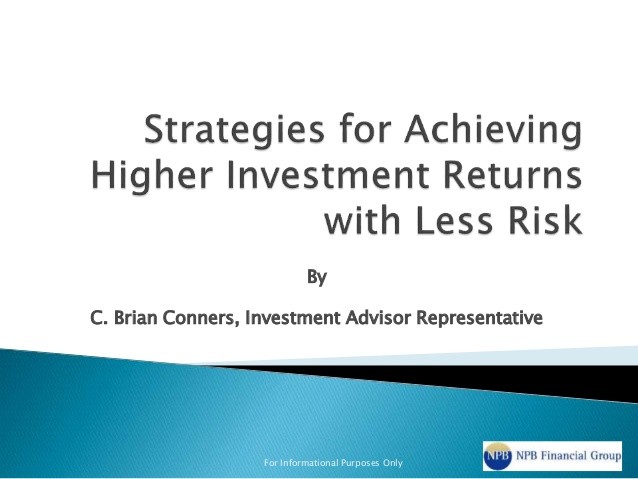Protect Yourself From Market Loss_1
Post on: 21 Июнь, 2015 No Comment

Risk Control and Order Types
Buying and Selling at Market Prices
Customers can use Plus500 to buy and sell CFD instruments at the current market price (within the price spread that is set for the specific instrument). The “market spread” for each CFD instrument is shown in the Buy/Sell pop-up box that appears when you click on “buy” or “sell” in the trader lobby. Plus500 has various “order types” available on the Trading Platform to help customers manage their risk. Limits are especially helpful should your internet connection be interrupted for any reason.
Stop Limit
A Stop Limit Order is a way to protect your profits, should the instrument price (Forex, Stock, Commodity or Index) move favourably. The stop limit order instructs Plus500 to close a position when, and if, the instrument reaches a certain price.
Stop Loss – (Maximum Loss)
A Stop Loss Order is a way to protect yourself from a loss, should the instrument price (Forex, Stock, Commodity or Index) move unfavourably. The Stop Loss Order instructs Plus500 to close the position when, and if, the instrument reaches a certain price.
When the stock reaches this price, the Stop Loss Order becomes a Market Order. A Market Order instructs Plus500 to immediately close the position at the best price. In a volatile market, you may not get exactly the price you wanted, but it should be close to the price set.
The Stop Loss Order can be used to protect profits on a stock that is moving favourably. You decide the price to close a position at and the Stop Loss Order instructs Plus500 to close the position if this price is reached.
Guaranteed Stop
Attaching a Guaranteed Stop puts an absolute limit on the “downside risk” and the potential loss of a position.
Even if the market gaps suddenly, the position will be closed out at exactly the price specified, with no risk of slippage.
“Guaranteed Stop” is available for specified instruments only. If an instrument supports “Guaranteed Stop” you will see a check box for it.
“Guaranteed Stop” details:
- Can only be placed on a new trade and cannot be added to an existing position.
- Can be activated/edited only when the instrument is available and traded. Once the Guaranteed Stop is active, it cannot be removed or cancelled, only the price or value can be changed.
- The wider spread for “Guaranteed Stop” is non refundable once activated and will be shown before approving a “Guaranteed Stop”.
- Has to be in a certain distance from the current rate the instrument is trading at.
Example:
Google SELL/BUY = $498/$500.
You buy 10 shares of Google, let’s say the Guaranteed Stop wider spread is $10.
You place a guaranteed stop at $450.
Google drops to $400, you will exit the position at $450 and not $400.
With guaranteed stop: P&L = $4500 — $5000 — $10 [guaranteed stop wider spread] = -$510
Without guaranteed stop: P&L = $4000 — $5000 = -$1000
Trailing Stop
The Trailing Stop feature allows a Stop Loss Order to automatically update the price favourably to lock in profits if the market moves unfavourably for the trader. Trailing Stops can be placed by clicking the ‘Advanced’ button when creating a ‘Market Order’.
There are four ways to enter a Stop Loss Order:

- You enter a Trailing Stop Price. For example, if your stock is selling at $40 per share, you might enter a Trailing Stop Loss Order at $37.50 per share.
- You enter a Maximum Loss Amount. Plus500 will then calculate the relevant Trailing Stop.
- You enter the distance in Pips from the current price. Plus500 will then calculate the relevant Stop Loss price.
- You enter a percentage from the current price. Plus500 will then calculate the relevant Stop Loss price.
Example of a Trailing Stop :
12.50pm Yahoo is trading at $45.51/$45.73 (Sell/Buy)
12.50pm You enter a market order with a Trailing Stop of 50 pips = $0.5 = (-1.1%). to buy 100 Yahoo shares
You buy 100 Yahoo shares at $45.73
Therefore, the initial stop loss will kick in when Yahoo sells at $45.01. ($45.51 – $0.5)
2.05pm The Yahoo price starts to rise quickly and reaches $47.60 on the bid side (the new Stop Price changes to $47.10)
3.10pm The Yahoo price continues to rise and reaches $49.75 on the bid side (the new Stop Price changes to $49.25)
4.15pm The Yahoo price starts to move against you and reaches $42.51. As you had a Stop Price which reset at $49.25, Plus500 executed the Stop Loss trade at this figure. Stop Loss Executed.
Profit Summary: 100* ($49.25–$45.73) = $352.
Entry Orders
Entry Orders are executed the moment the market price reaches your specified price and opens a new position. The price can be above or below the current trading price.
There are four types of Entry Orders:
- Entry-Limit-Buy. wait until the price goes lower than the current price (used in buying).
- Entry-Stop-Buy. wait until the price goes higher than the current price (used in buying).
- Entry-Limit-Sell (going short). wait until the price goes higher than the current price (used in selling).
- Entry-Stop-Sell (going short). wait until the price goes lower than the current price (used in selling).
For example, if you want to buy Google shares, but not until the price drops to $450, you would place an Entry-limit Buy Order at $450. If the price never drops to that level, then the order will remain unexecuted, but it will remain a pending order until you cancel it.
To create a new Entry Order with Plus500 simply:
Go to the main trading lobby
Click on ‘Buy’ or ‘Sell’
Click on ‘Advanced’
Complete the relevant entry order














